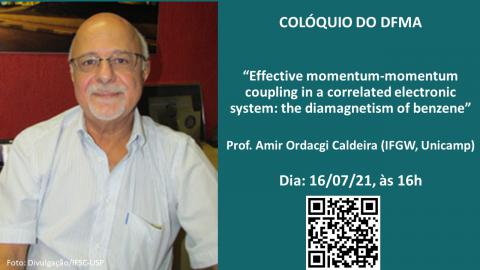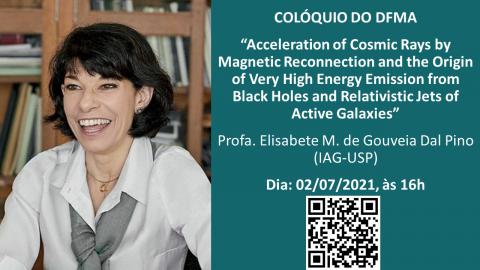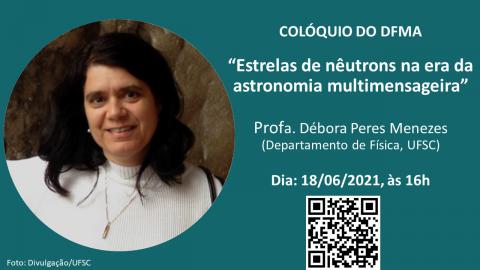
Transmissão ao vivo via YouTube e Zoom
Resumo: A well-known property of aromatic molecules is their highly anisotropic response to an external magnetic field. This intriguing phenomenon is rationalized as a consequence of the delocalization of the itinerant electrons that populate the aromatic ring.
In this presentation, we revisit the magnetism of aromatic molecules through the study of simple Hubbard – rings, and argue that if the itinerant electrons are described by an extended Hubbard Hamiltonian with an effective momentum – momentum interaction between them, a large enhancement of the molecule diamagnetic response takes place.
We show that the presence of this new term is due to the reincorporation of part of the effects of the localized bonding electrons on the dynamics of their itinerant counterparts in Hubbard – like Hamiltonians. Going beyond the adiabatic approximation, we show that the net effect of virtual transitions of bonding electrons between their ground and excited states is to furnish the itinerant electrons with an effective interelectronic momentum – momentum interaction.
Although we have applied these ideas to the specific case of rings, our assumptions can be generalized to higher-dimensional systems sharing the required properties of which we have made use herein.

Transmissão ao vivo via YouTube e Zoom.
Resumo: Black Holes (BHs) and Relativistic Jets from active galaxies are among the most extreme particle accelerators and very high energy (VHE) emitters in the universe. Only lately, combining theory, numerical simulations, and observations, we have started to understand the potential physical processes that prevail in the surrounds of these sources in order to explain major puzzles, like the origin of their VHE flares in gamma-rays. In regions of these sources where magnetic fields are dynamically dominating, fast magnetic reconnection is expected and thus particle acceleration driven by this process. In this seminar, I will discuss what is magnetic reconnection and present recent results that combine multidimensional magnetohydrodynamical relativistic simulations with the injection of test particles, which demonstrate how particles can be stochastically accelerated in relativistic jets and accretion flows around BHs by magnetic reconnection. We find that for jets with magnetic fields B ~ 10 G, the particles can be accelerated up to observed ultra-high energies ~10^20 eV. I will also show that these ultra-high-energy-cosmic-rays (UHECRs) are able to explain the VHE flares and the associated neutrino emission observed in the relativistic jets from active galaxies. Finally, I will discuss the implications of these results in predictions for forthcoming high energy astrophysical observatories like the Cherenkov Telescope Array (CTA).

Transmissão ao vivo via YouTube e Zoom.
Resumo: A primeira detecção de uma estrela de nêutrons ocorreu em 1967. Sabe-se hoje que essas estrelas são objetos muito compactos com raios da ordem de 10 km e massas que vão de 1,4 a mais de 2 massas solares. Na verdade, são remanescentes estelares de estrelas massivas, uma espécie de zumbis estelares (morrem, mas não completamente). Nas últimas décadas, observações astronômicas geraram vários vínculos para massas das estrelas de nêutrons. Finalmente, em 2017, as primeiras ondas gravitacionais geradas pela fusão de duas estrelas de nêutrons que faziam parte de um sistema binário, foram detectadas pela colaboração LIGO-Virgo, e também por meio de emissão de raios-X, raios-gama, ultravioleta, infravermelho, no rádio e até no visível, dando início a era da astronomia multimensageira. Para entender as estrelas de nêutrons, equações de estado que satisfazem propriedades nucleares bem definidas são necessárias. E agora, elas podem ser calibradas por meio de vínculos observacionais que delimitam também os raios desses pequenos objetos compactos.
Nesse seminário, vou tentar mostrar como o minúsculo mundo da física nuclear e seus modelos pode ser útil no entendimento do cosmos, por meio de remanescentes estelares que geram, ao se fundir, ondas gravitacionais, por fim, detectáveis.